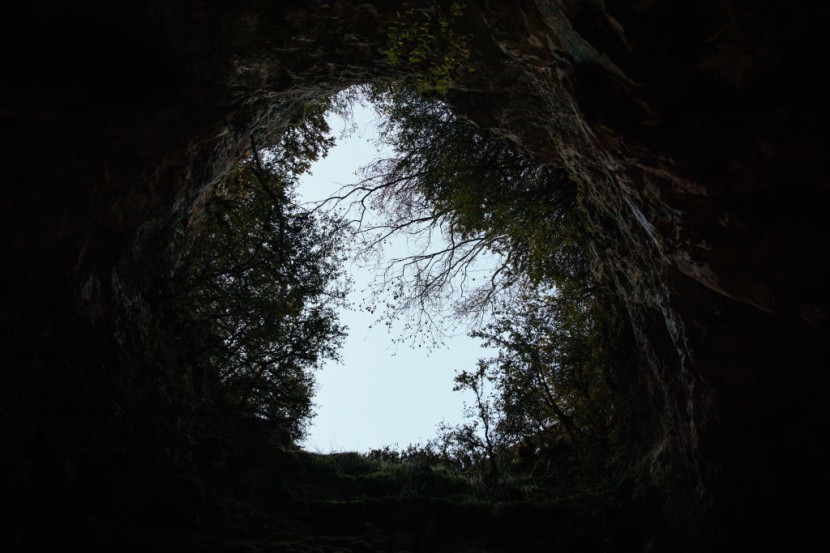
Europe discovers its oldest shoes inside a Spanish cave, which date back to more than 6,000 years ago, a study published in the journal Science Advances reveals.
A new radiocarbon analysis of the findings showed that the 22 woven sandals researchers discovered date back thousands of years. Researchers at the Autonomous University of Barcelona and Alcala University in Spain led the study.
Europe's Oldest Shoes
Ancient footwear, along with Mesolithic baskets and other tools, was first found in 1857 after miners looted a cave in southern Spain. However, during the 1970s, when the artifacts were first dated, researchers said they were roughly 1,000 years more recent than the latest analysis.
The researchers said the very dry conditions inside the cave where the sandals were discovered were ideal for preserving perishable materials. They added that this allowed the preservation of a prehistoric burial site that included partially mummified corpses, baskets, wooden tools, sandals, and other goods, as per CNN.
One of the study's authors, Maria Herrero Otal, said that the objects are currently known as "the oldest and best-preserved set of plant fiber materials in southern Europe so far known." She added that the materials demonstrate the ability of prehistoric communities to master such types of craftsmanship.
Roughly a decade after miners initially looted the Spanish cave, archaeologist Manuel de Gongora y Martinez visited the cave and gathered the remaining artifacts, including the sandals. He then gave them to museums in Madrid and Granada, where researchers have continuously studied them.
The sandals were found to be made of grasses as well as other materials, such as leather, lime, and ramie bast, which is a type of natural fiber. The study, using the descriptions provided by Gongora, hypothesizes that the bodies in the cave were buried wearing sandals.
A researcher in the Prehistory Department of the University of Alcala, Francisco Martinez Sevilla, said that the quality and technological complexity of the basketry found in the Spanish cave were high. According to CBS News, he said that this makes them question the simplistic assumptions that we currently have about human communities before the arrival of agriculture in southern Europe.
Complex Basketry
Otal noted that the discovery means that esparto grass started at least 9,500 years ago and is a tradition still alive in Iberia. She added that it was spectacular how the techniques, the raw material, and preparation have been used for thousands of years and the process has been preserved to this day.
Sevilla said the discovery marks the first direct evidence of basketry made by Mesolithic hunter-gatherer societies in southern Europe. He added that the new dating of the esparto baskets opens a new window of opportunity to understanding the last hunter-gatherer societies of the early Holocene period.
Despite the findings, there are still many unanswered questions, such as who made the objects and whether or not they had a role in the ancient funerary practices at the time. Researchers found some of the sandals had clear signs of wear while others seemed to have never been used, said Newsweek.








